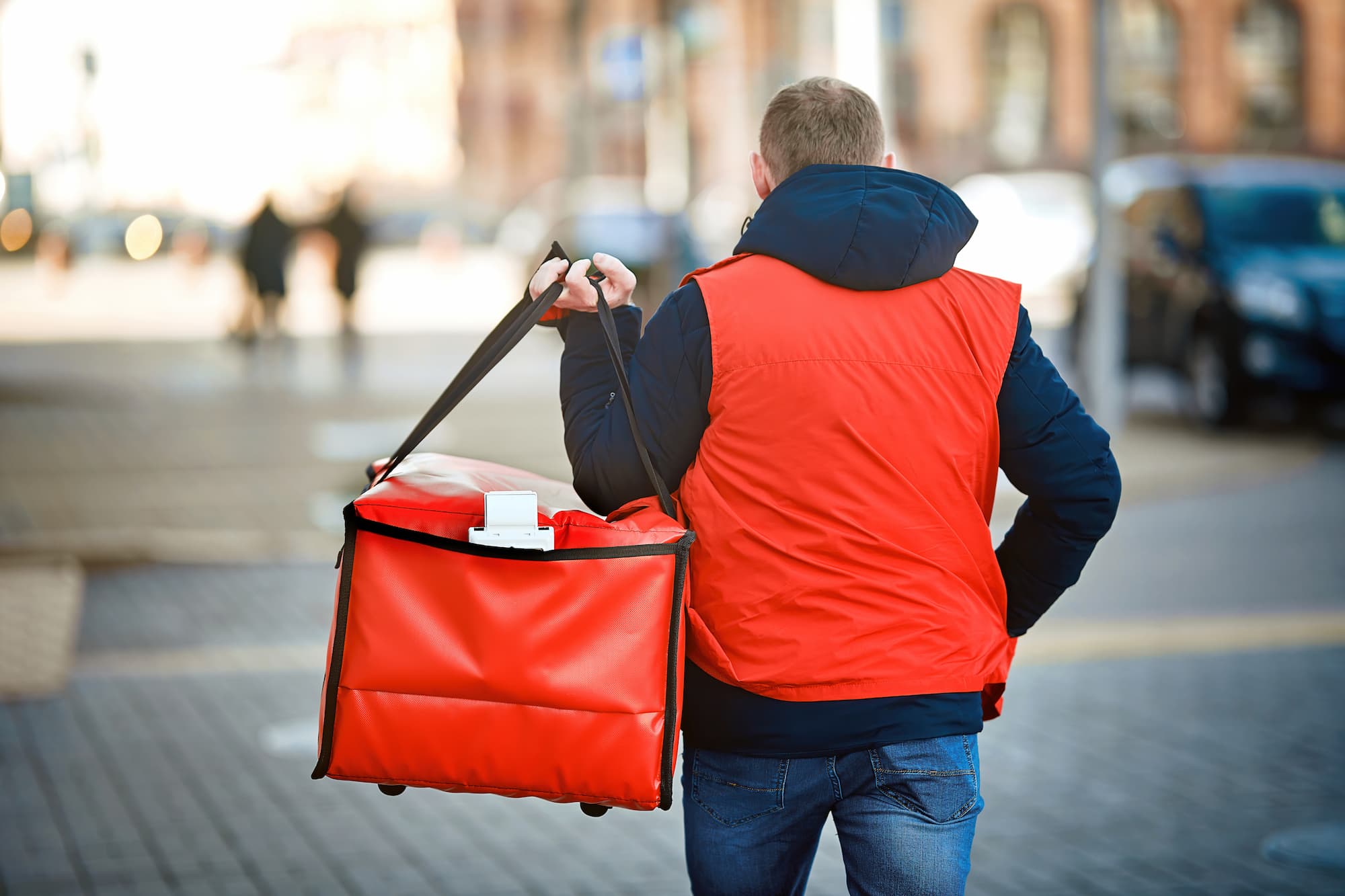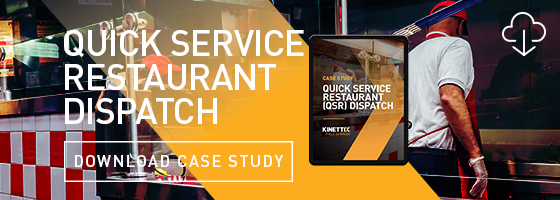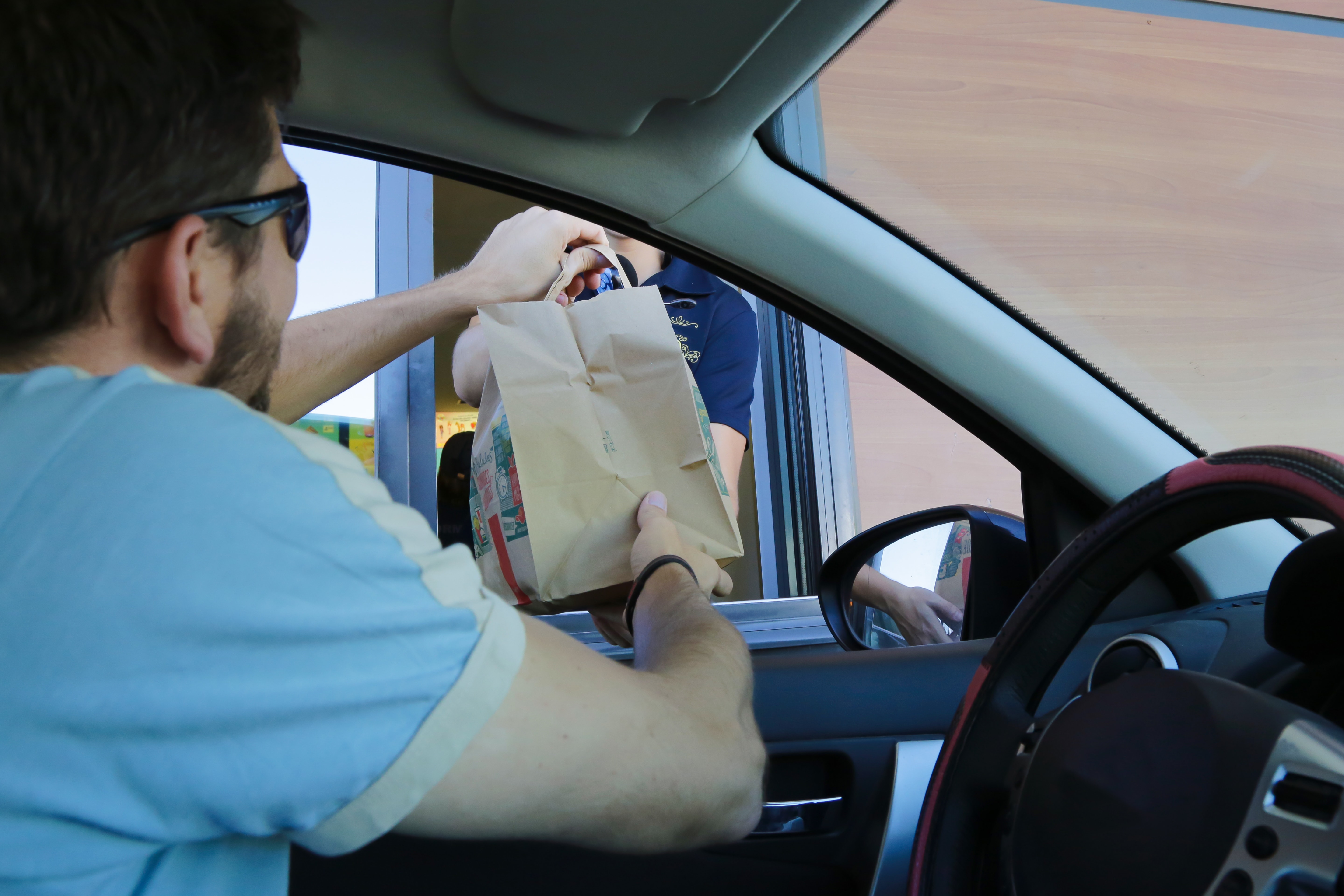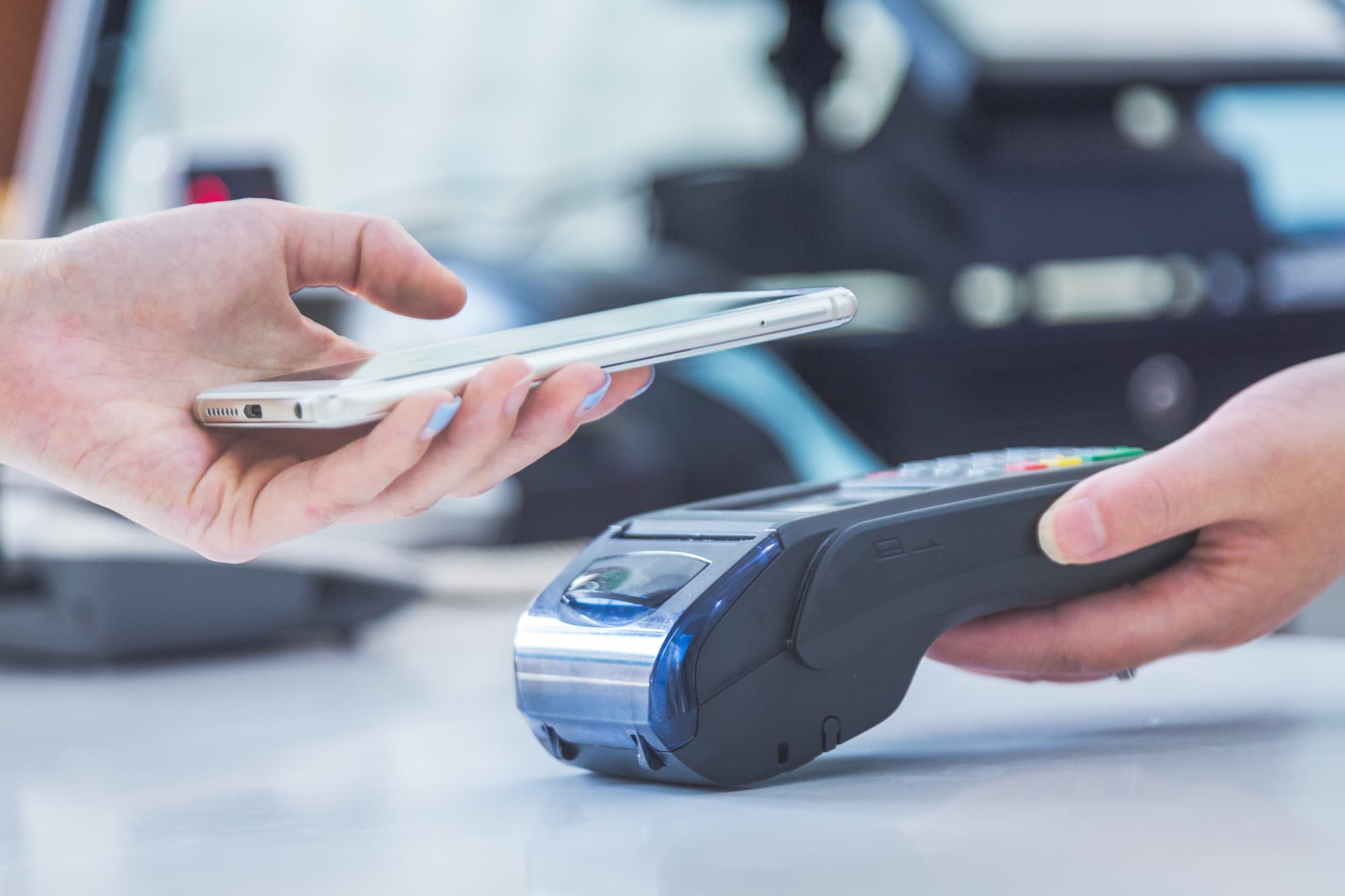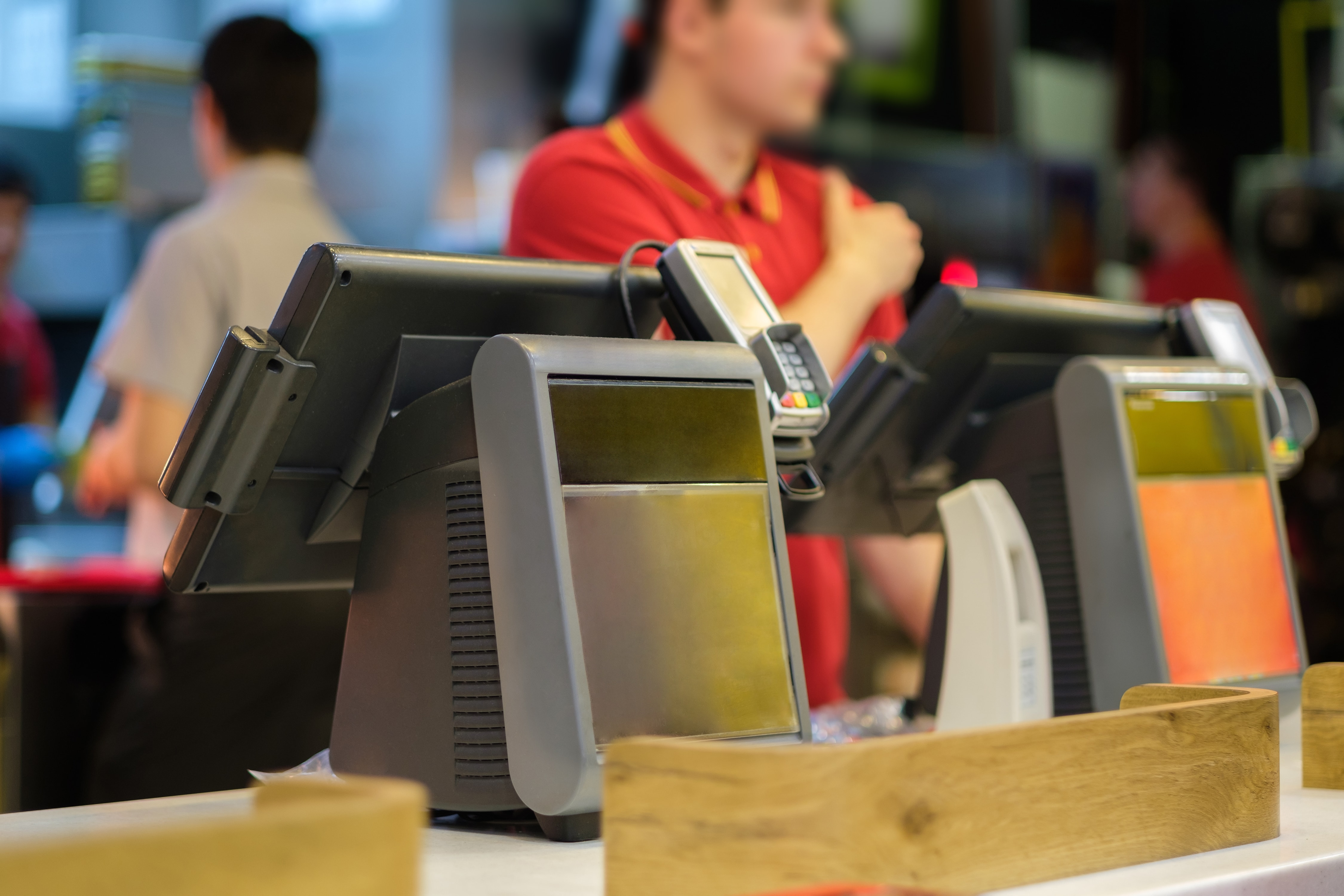Over the past year, more and more diners have developed a taste for delivery and carryout. That’s due in large part to the COVID-19 pandemic, which caused many quick-service restaurants (QSRs) to close their dining rooms. Even after they reopened, though, many people still didn’t want to eat inside. Instead, they felt that delivery or carryout was a safer option.
Long after our communities fully re-open, there’s a high likelihood that the influx of carryout and delivery is here to stay. People have gotten used to the convenience of things like delivery or the flexibility of carryout. For many QSRs, this means that they must modify their options to meet their customers’ needs more efficiently.
FIFO Isn’t Always Best
One of the most important things that quick service restaurants and their staff need to realize and address is that with this boom of carryout and delivery, the “first in, first out” or FIFO method of food preparation isn’t always going to work. Just because you receive a carryout order at a certain time doesn’t mean it should be the first one you make. There are plenty of people in your dining room and drive-thru that can receive their food before the person who ordered the carryout even makes it to the restaurant.
Instead, by leveraging integrated smart kitchen technology, you can track customers’ estimated arrival and remind employees to fulfill the order before the patron enters the dining room or parks in a curbside space. The right QSR tech can help you account for not only the expected arrival time but also order size, driver location, and more.
App-Based Solutions
In many cases, restaurants already have a branded smartphone application or website platform. If you do, you’re well on your way to setting up a customer-focused mobile ordering solution
There are plenty of platforms you can partner with, if you so choose, or you can go your own way and build your own ordering software. The most important thing, though, is that your quick-service restaurant stays flexible and takes consumer expectations into account. That means offering a user-friendly interface as well as convenient features.
Third-Party Apps or Not?
Aggregators became incredibly popular over the past year. Platforms like DoorDash® and UberEats® allowed restaurants without the delivery infrastructure to offer delivery to their customers.
In many cases, this was a great move during the COVID-19 pandemic. However, moving forward, it might be better to rethink that strategy. After all, these aggregators typically charge the customer a significant delivery fee — and they’ll take a cut of the order price, too. When the world is no longer in lockdown, people are likely going to think twice about paying a delivery fee that’s higher than the bill for their meal.
Instead, consider bringing delivery in-house. Analyze your numbers and see if it would be a better financial decision to hire delivery staff. If it would, take a page out of Domino’s playbook and keep your delivery radius small. This will allow you to provide better customer service and delight your delivery customers.
Consumer behavior is changing due to the COVID-19 pandemic, and many people are likely going to continue relying on carryout and delivery in the months and years to come. When you can use innovative QSR tech to adapt and better serve your customers, you can come out on top and provide an excellent customer experience.

